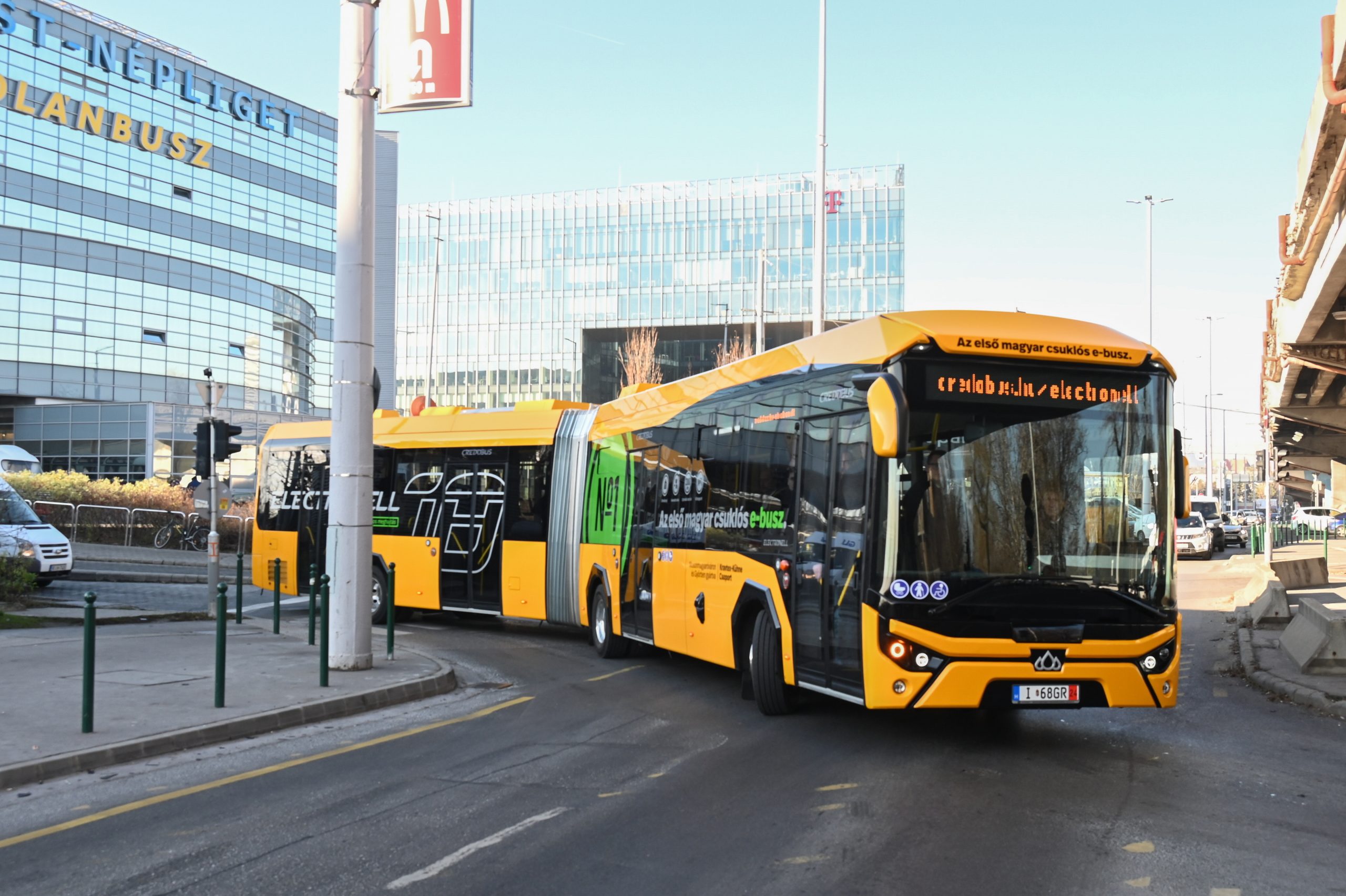
Over the past six years, the average age of buses has dropped from 13 to 10 years.Continue reading

Romanian, Polish, and Bulgarian companies paid the largest amounts of toll revenue in Hungary, from which 97.5% is generated by heavy goods vehicles.
In 2024, over 656 billion forints (1.6 billion euros) was collected in Hungary’s budget from vehicles exceeding 3.5 tons of allowed maximum gross weight. According to data from the National Toll Payment Services, operators of foreign heavy vehicles using Hungarian roads paid nearly 350 billion forints (871 million euros) into the Hungarian budget in 2024.
“Hungary is at the crossroads of important European transport routes.
The Hungarian toll system is well-suited to exploit this advantage, as more than half of Hungarian tolls are paid by foreign transport companies, and this money can be used for the renovation and maintenance of Hungarian roads.
Foreign truckers are fattening the Hungarian road budget,” said Tamás Bartal, CEO of the National Toll Payment Services.
Romanian-registered heavy vehicles paid the largest amount, nearly 132 billion forints (328 million euros), for tolls in 2024. Polish vehicles ranked second, and Bulgarian vehicles were third, with 48 billion forints (119 million euros) and over 33 billion forints (82 million euros) respectively, flowing into the Hungarian state budget.
The distance-based e-toll system has undergone the largest transformation since its inception in early 2023. In line with the EU’s “polluter pays” directive, a new external costs charge was introduced on January 1, 2024. This charge aims to cover the costs related to air and noise pollution, and carbon dioxide emissions resulting from road traffic.
The external costs charge accounted for about 26% of the total toll revenue for vehicles exceeding 3.5 tons of allowed maximum gross weight in 2024.
The other component of the e-toll, which aims to cover costs related to the construction, maintenance, operation, and development of toll roads, made up 74% of the revenue.
In 2024, buses with a maximum gross weight exceeding 3.5 tons were included in the e-toll system. From April 1, 2024, operators of these vehicles no longer pay tolls with an e-vignette but based on the distance traveled under the HU-GO e-toll system. In 2024, operators of buses classified as heavy vehicles contributed just over 16 billion forints (39 million euros) to Hungary’s toll revenue, which accounts for 2.5% of the total. The largest portion, 97.5%, came from tolls paid by heavy goods vehicles.
Via Világgazdaság; Featured picture: Pexels